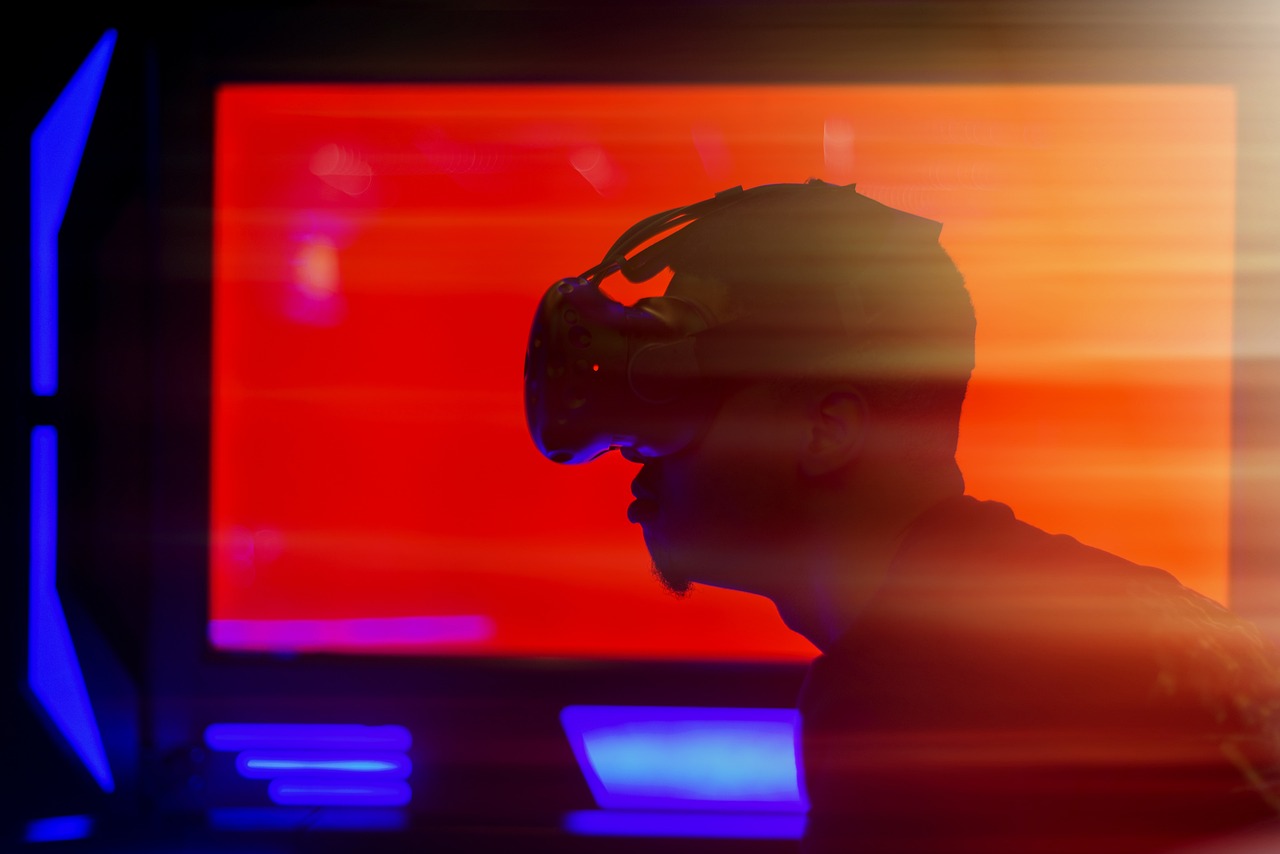The Metaverse and virtual reality (VR) are changing a number of aspects of our daily lives including how we travel and discover the world. While traditional travel requires the actual physical movement from one place to another, virtual travel is an alternative that allows people to visit places without having to leave the house. However, as AI and automation are gradually being incorporated into the Metaverse, issues such as digital ownership, data privacy, and bias in AI-generated environments are emerging as key issues for discussion.
This paper aims to explore the current state of the virtual travel, the technologies that enable it, the advantages and disadvantages of virtual travel and whether it can in fact replace actual travel in the future. It also explores the ethical and legal issues of AI driven virtual tourism and its implications for automation in the travel industry.
History of Virtual Travel
Virtual travel is not an innovation. The earliest forms of digital tourism can be attributed to Google Earth, 360-degree videos and interactive museum tours. But with the birth of Metaverse, virtual travel has become more real.
The Metaverse is a digital world in which people can meet and take part in activities that mimic the real world using avatars in real time. This is due to the fact that virtual environments are getting more realistic due to high resolution graphics, haptic feedback devices and AI driven content. Some of the biggest tech companies in the world, such as Meta (previously Facebook), Microsoft, and Google, have invested heavily into the development of digital places where people can virtual travel to cities, historical sites, and even fictional worlds with a near photorealistic level of detail.
However, there are ethical issues that come with virtual tourism as the digital representation of historical and cultural sites. Who is in charge of these virtual spaces? What can AI do to a historical accuracy or can it do it? Can monetize locations with the help of AI driven virtual travel companies without involving local communities in it? These are very important questions of AI ethics and digital regulations ethics.
How Virtual Travel Works
Virtual travel depends on the latest technologies to produce realistic simulations:
- Virtual Reality (VR): Through devices such as Oculus Quest, HTC Vive or PlayStation VR, people can experience virtual worlds that mimic the real world and its environments.
- Augmented Reality (AR): AR superimposes computer graphics on top of the physical world. Other applications include Google Lens and Snapchat AR filters that engame travel by offering information and AR experiences.
- 360-Degree Videos: YouTube and Google Earth VR offer panoramic views – control of tourist attractions, so you can travel with your screen.
- Artificial Intelligence (AI): AI-based virtual avatars and guides improve the realism of virtual travel, offering real-time information, interactive narratives, and virtual human-like conversation.
- Haptic Feedback and Sensory Simulation: Products that offer touch feedback, motion tracking, and even temperature feedback help to enhance the virtual reality.
AI enabled content is now the standard in virtual travel, but with it comes issues of misinformation, the problem of historical bias and how AI can misinterpret events, and whether we even own the AI generated environments we create.
The Pros of Virtual Travel

Availability and Equity
Virtual travel uncovers new opportunities for those who have physical, financial or geographic barriers to travel. Those with disabilities, financial restrictions or restricted opportunities to travel due to political or environmental factors can experience world destinations in a practical way.
A Cheaper Way to Explore the World
Classic travel is usually quite expensive since it entails airfare, accommodation, food, and activities. Virtual travel does not include many of these expenses, which means that global exploration can be attained by more people.
Environmental perks
Owing to the current concerns about emissions, climate change, and the effects of tourism on natural areas, virtual tourism is a green option. It cuts down on the need to take long haul flights, generates less waste, and exerts less pressure on popular destinations.
Safety and Ease
When there is a lot of uncertainty in the world, for example, during a pandemic or political instability, virtual travel enables people to visit the world without the risks that come with it. There is no risk of losing your luggage, being delayed, or having other emergencies.
The Limitations of Virtual Travel
However, just like any other tool, virtual tourism is not without its flaws, which make it impossible to substitute real travel in its entirety:
- Sensory Void: The biggest drawback of virtual travel is that it does not offer the user the ability to engage all human senses to the fullest. Although VR can recreate sight and sound, it cannot copy the feel of sand, the smell of local food, or the spontaneous events that are part of travel.
- Social and Cultural Gap: Travel is not only about seeing new places but also about meeting people, learning about cultures, and having individual experiences. Unlike real life, virtual tourism does not offer the emotional charges that come from communicating with locals, talking to them and participating in traditional rituals.
- Restricted Exploration and Reality: Real world travel is the undefined world of adventure – getting lost in a new city, finding your own way to places, and experiencing the unexpected. In any case, virtual travel is still a guided process and cannot duplicate the element of the unexpected.
The Ethical Dilemmas of AI in Virtual Travel
As AI increases its presence in virtual tourism, several ethical issues emerge:
- AI Driven Bias in Virtual Travel: If AI is in charge of picking travel experiences then it may well perpetrate biases. For example, AI generated historical sites will have more emphasis on the western experience and less on the indigenous experience.
- Monetization vs Free Exploration: Should AI propped virtual travel experiences be free or monetized? If so then who will own digital replicas of world landmarks and will it be for paid users only?
- AI and Privacy: VR tourism powered by AI will entail user behavior, interactions and preferences. Who owns this data and what does it take to own it?
Without a clear cut regulation, there is a fear of AI driven virtual travel resulting in the commodification of cultural heritage, digital oligopolies over travel experiences and historical narrative subversion. These are key issues in AI Ethics & Regulations.
Can Virtual Travel Replace Traditional Tourism?
Virtual travel can be very real and offers a lot of what traditional tourism does, but it is not the whole thing. It is therefore more likely to act as a supporting tool of the real thing. With VR, travelers can use it to find out more about a place before they leave for the country, relive places they have been to or even explore areas they have not been able to visit in person. Moreover, the existing competitors in the travel industry are currently adopting the VR concept in their marketing plans to enable customers to sample their products before actually booking for the services.
There are some hotels and airlines that provide virtual reality of their services and facilities. Hence, it is possible to state that although virtual travel is a convenient way of exploring the world, it cannot be compared with the real thing. This is because; through virtual travel one is only able to get close but not the actual feel of the real world tourism experience.
However, if AI is choosing which destinations users experience, does that take away free choice? Are you supposed to regulate AI powered virtual travel to make sure there is fair representation of global cultures?
The Future of Virtual Travel
In the future virtual travel will become more realistic and lifelike with the help of advancing technology. If AI, VR, and perhaps even neural interfaces are integrated, then digital travel can be felt almost as if one is actually there. But you cannot replicate the emotional and sensory experience of actual physical travel in a digital world.
The future of travel is probably going to be a combination of the two where conventional tourism and virtual trips exist together. It will act as a stepping stone to actual journeys and will be a complement to the real world for those who want to experience real people and culture.
The Metaverse and virtual reality are changing the way that people are able to interact with the world, providing a new way of exploring and accessing the world. However, virtual tourism is sustainable, affordable and quite realistic, yet it cannot compare to the real physical, sensory and emotional sensation of travelling. Thus, it can be used as a complementary application that can enrich the process of discovering the world in person rather than replacing it.
The future of travel is most likely going to be between AI automation and traditional experiences. While AI will not replace human exploration, it will define a new way of interacting with global destinations.



